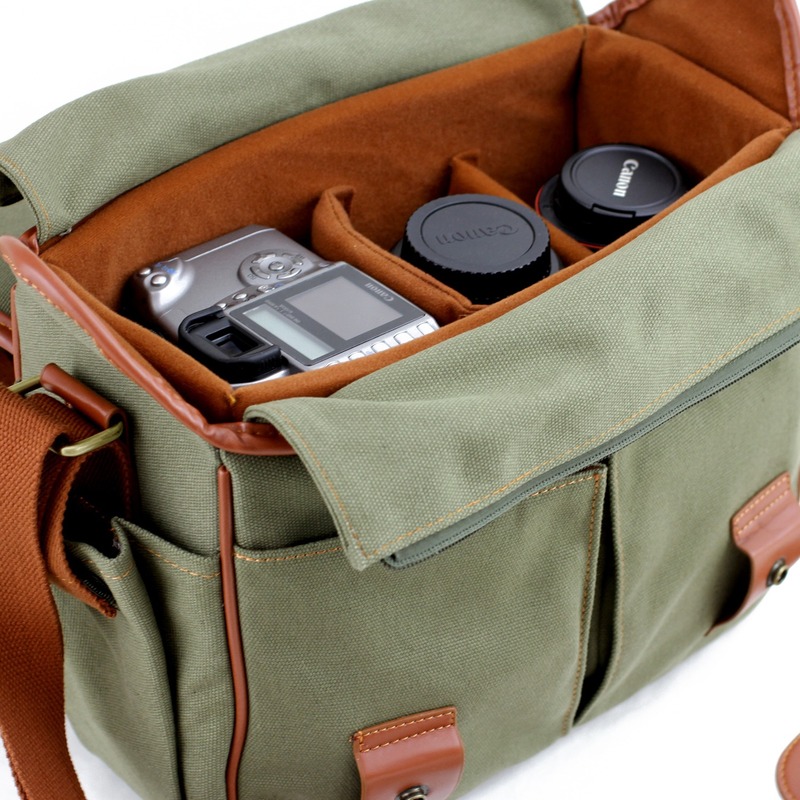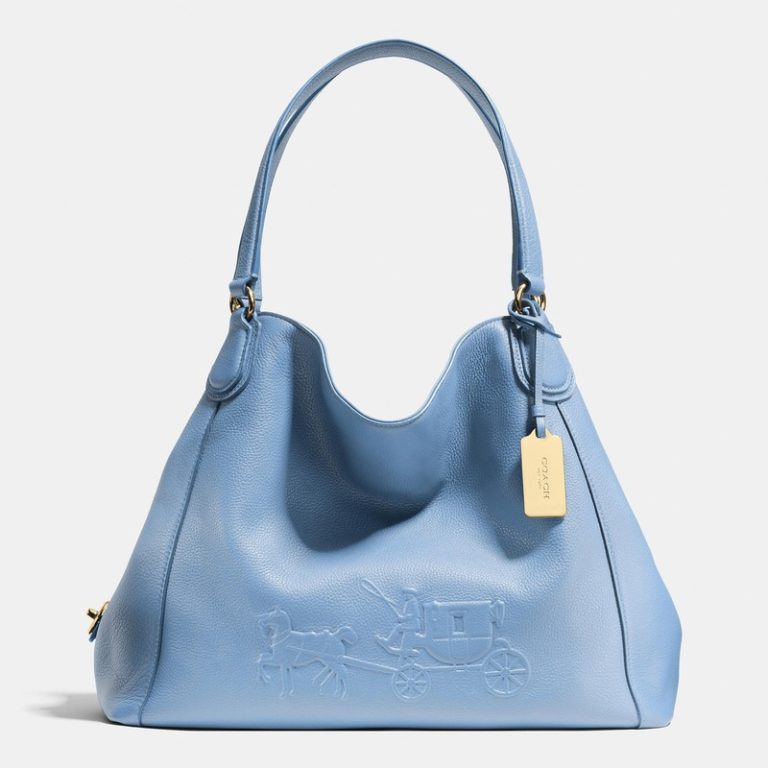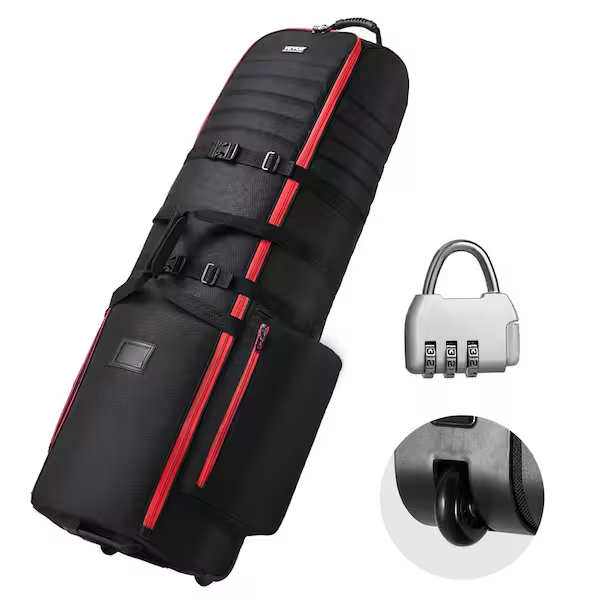Types of Camera Shoulder Bags
When choosing a camera shoulder bag, consider the various types available. Each has unique features and benefits.Discover the best camera shoulder bag! Explore essential features, tips for selection, and top-rated options to fit your needs.
Sling Bags
Sling bags offer quick access to your camera gear. They have a single strap that goes across your chest. This design lets you swing the bag to the front easily. They’re great for on-the-go photographers. Look for sling bags with adjustable straps and multiple compartments.
Messenger Bags
Messenger bags have a classic, stylish look. They often provide more space than sling bags. These bags feature a flap-over design which secures your gear. Many come with customizable dividers. This helps protect your equipment and keeps it organized. Ensure the bag has a comfortable shoulder pad for longer trips.
Tactical Camera Bags
For photographers needing extra durability, tactical camera bags are ideal. They’re built to withstand tough conditions. These bags often feature many pockets and compartments. They’re suitable for storing a variety of gear. Check for models with MOLLE systems for added versatility. Choose a bag with padded straps for comfort during extended use.
Key Features to Consider
When selecting your ideal camera shoulder bag, it’s important to focus on certain features. These will determine how well the bag meets your needs.
Material and Durability
Firstly, assess the material quality. A durable bag can withstand wear and tear from frequent use. Look for materials like thick canvas, leather, or high-density nylon. These fabrics resist ripping and can handle heavy loads. A strong bag protects your valuable camera gear.
Size and Capacity
Size matters for your camera shoulder bag. The bag must fit all your equipment comfortably. Check dimensions to ensure your camera, lenses, and accessories all fit. Remember, too big a bag becomes bulky, and too small can mean leaving gear behind.
Padding and Protection
Cameras are sensitive to impact. Good padding shields your gear from bumps and drops. Look for thick, soft lining inside the bag. Dividers add extra protection and help keep items secure and still.
Weather Resistance
The ideal camera shoulder bag should cope with various weather conditions. Water-resistant or waterproof fabrics are essential. They help protect your camera and lenses from rain or spills.
Accessibility and Ease of Use
Consider how fast you can reach your gear. Bags with multiple access points are practical. They offer quick retrieval of your camera or accessories. User-friendly zippers, clasps, and pockets save time and hassle.

Style and Design Preferences
Choosing the right camera shoulder bag is not just about function. Style plays a key role too. Your bag should match your personal taste and the way you dress. Whether you want a bag that stands out or one that blends in, style is a crucial consideration.
Fashionable Choices
When looking for a fashionable camera shoulder bag, consider the latest trends. Look for bags with modern colors, patterns, or unique designs. Leather bags often have a timeless appeal and can add a touch of class. A stylish bag not only holds your gear but also complements your outfit. Keep an eye out for details like metal accents, designer labels, and fashionable straps.
Professional Appearance
For professionals, the appearance of the camera shoulder bag must reflect professionalism. Bags in neutral colors such as black, grey, or brown are commonly chosen. They should look sleek, with a minimalistic design and without flashy details. The bag must signal to clients that you are serious about your work. Seek out bags with a discreet and elegant appearance that convey professionalism while protecting your gear.
Compatibility With Your Camera Gear
Choosing the right camera shoulder bag isn’t just about looks or features. It’s also critical to make sure your bag is compatible with your specific camera gear.
Matching Bag Size to Camera Size
Your chosen camera shoulder bag should fit your camera snugly. Measure your camera and check the internal dimensions of any bag you consider. A too-large bag allows your camera to move around, which could cause damage. Conversely, a too-tight bag might not close properly or could harm your camera. Aim for the ‘just right’ size to ensure your gear travels securely.
Space for Lenses and Accessories
Photographers carry more than just a camera. You likely have lenses, batteries, memory cards, and possibly a tripod. Look for a camera shoulder bag with enough compartments and pockets to store your accessories. This ensures you have everything you need within easy reach. Padding or secure straps for delicate lenses are a definite plus. Remember, the best camera shoulder bag for your needs will keep all your gear organized and accessible.

Brand Comparisons
When you’re on the hunt for the perfect camera shoulder bag, exploring different brands is essential. Each brand offers unique features and designs. Here’s a look at some of the popular brands and their offerings.
Popular Brands and Their Offerings
Canon: Known for cameras, Canon also offers durable camera bags. Their shoulder bags often have padded compartments and weather-resistant materials.
Nikon: Nikon’s camera shoulder bags blend functionality with comfort. They provide ample space for gear and come with ergonomic designs.
Lowepro: Lowepro specializes in camera bags. They offer options with high-quality padding and innovative access points for photographers.
Manfrotto: Manfrotto bags are celebrated for their robust build and sleek designs, suitable for professionals needing both style and protection.
Think Tank Photo: Bags from Think Tank Photo are known for their practical layouts. They have customizable compartments that make organizing gear a breeze.
Peak Design: Peak Design stands out with their modern, versatile camera bags. Their bags feature a magnetic latch system for quick access.
Domke: Domke offers camera bags with a vintage appeal. Their bags are famous for heavy-duty fabrics and functional simplicity.
Tamrac: Tamrac has a reputation for high-quality construction. Their shoulder bags come with foam-padded protection and weatherproof covers.
Make sure to research and compare these brands. Look for user reviews to see which camera shoulder bag best fits your style and needs. Remember to check for compatibility with your specific gear to ensure optimal protection and convenience.
User Reviews and Recommendations
While features and design are critical, hearing from fellow photographers adds valuable insight. User reviews shed light on real-life experiences with camera shoulder bags. These testimonials can highlight aspects not immediately apparent, such as long-term durability or daily comfort.
What Photographers Are Saying
Photographers often share reviews that can guide your decision. Common praises include comfort during extended use and ease of accessing gear quickly. Criticisms might focus on insufficient padding or poor fit for specific camera models. Looking for consistent feedback across multiple reviews provides a reliable basis. Most photographers value bags that protect equipment and are comfortable to carry. Many also appreciate a camera shoulder bag that balances size with capacity; not too bulky, yet spacious enough for all gear.

Tips for Organizing Your Gear
A well-organized camera shoulder bag can make your photography sessions more productive and hassle-free. To achieve this, you need to adopt efficient packing strategies that help you maximize space and minimize clutter. Below are key tips to organize your gear effectively:
Efficient Packing Strategies
- Categorize Your Equipment: Start by grouping similar items together. Keep your camera body, lenses, and flash units in separate compartments. This way, you’ll know exactly where everything is.
- Use Dividers Wisely: Most camera shoulder bags come with adjustable dividers. Configure them to snugly fit your equipment to prevent movement and potential damage.
- Roll Up Cables: To avoid tangles, roll up your cables and secure them with Velcro ties. Not only does it save space, but it also saves time when you’re setting up.
- Keep Frequently Used Items Accessible: Place items you frequently use, like memory cards and batteries, in easy-to-reach pockets. This ensures you won’t have to dig through your bag at crucial moments.
- Utilize External Pockets: If your camera shoulder bag has external pockets, use them to store less sensitive items such as lens caps and cleaning cloths. This leaves the main compartment for your valuable gear.
- Protect Your Gear: Always ensure that your camera and lenses are covered with soft, padded materials. This adds an extra layer of protection from external shocks.
By following these strategies, you’ll have a camera shoulder bag that’s not only efficient but also makes your workflow smoother. Remember to periodically re-evaluate your bag’s organization as your gear collection changes or as you find ways to further optimize your packing methods.


